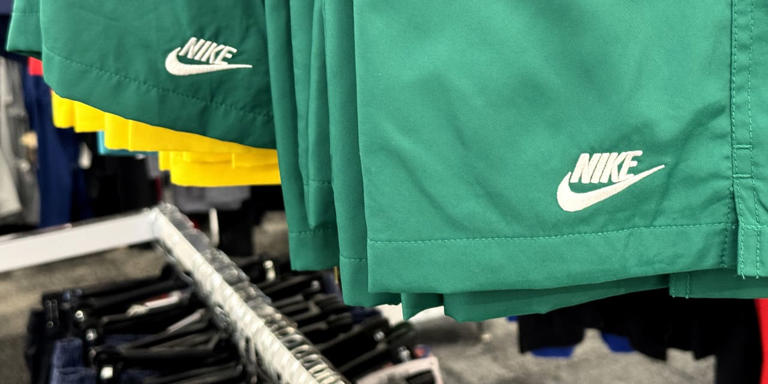In 2024, Nike Inc. faced unprecedented challenges and scrutiny from Wall Street analysts following its disappointing performance and pessimistic outlook. The company’s shares plummeted by a record-breaking 20% in a single trading session, triggered by multiple downgrades from prominent firms such as Stifel, Morgan Stanley, and UBS. Analysts expressed deep concerns about Nike’s management and its ability to navigate turbulent market conditions effectively.
Jim Duffy from Stifel highlighted a crisis of confidence in Nike’s leadership, emphasizing that management credibility had been severely undermined. He pointed out that Nike’s strategy, focusing on new and unproven sneaker and clothing styles amid uncertain consumer demand, had strained investor confidence. This sentiment was echoed by Jay Sole of UBS, who revised down profit estimates for the next three fiscal years, citing prolonged challenges in achieving robust earnings growth.
Nike’s response included plans to introduce a wide range of new products more rapidly to counter consumer hesitancy amid inflationary pressures. However, analysts like Tom Nikic from Wedbush noted that Nike’s fourth-quarter results fell short of expectations, leading to substantial cuts in fiscal year 2025 guidance. Nikic cautioned that investor sentiment towards Nike was likely to remain subdued until tangible improvements in product innovation and management trust were observed.
Raymond James analyst Rick B. Patel characterized fiscal year 2025 as a transitional period for Nike, projecting weaker performance due to ongoing macroeconomic headwinds and operational challenges in key markets like China. The company’s decision to reallocate $1 billion towards consumer-facing initiatives was seen as a strategic move to bolster top-line growth amidst a shifting retail landscape.
Despite these setbacks, analysts acknowledged Nike’s efforts to accelerate product innovation through initiatives like the “Speed Lane” and partnerships with manufacturing partners to streamline production. Ashley Owens of KeyBanc Capital Markets highlighted Nike’s commitment to doubling the business contribution from new products by the end of fiscal 2025, albeit against a backdrop of persistent macroeconomic uncertainties.
Looking forward, Nike faces significant hurdles in restoring investor confidence and achieving sustainable growth. The company’s strategic shifts towards new product lines and enhanced digital capabilities will be closely scrutinized for their effectiveness in driving revenue and profitability. Analysts remain divided, with a notable number maintaining a cautious outlook while acknowledging Nike’s potential to rebound once operational adjustments take hold.
In summary, Nike’s recent challenges underscore the complexities of navigating the global athletic apparel market amidst economic volatility and changing consumer preferences. The company’s ability to execute its turnaround strategy and regain market confidence will be critical in determining its future trajectory and shareholder value.
